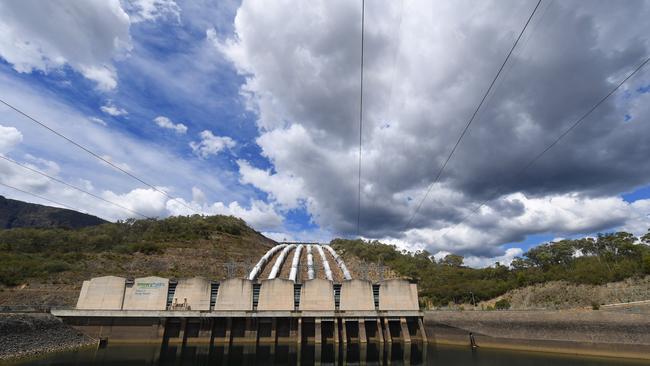Canberra turns tap on Snowy 2.0 funding
The government has pumped up funding for the Snowy Hydro expansion by $600m to $5.1bn.

The budget to expand the government-owned Snowy Hydro scheme has increased by up to $1.3 billion to $5.1bn while an eight-year construction period has underlined the challenges of producing first power by a late 2024 target.
Australian contractor Clough and Italian construction group Salini Impregilo won the civil, electrical and mechanical contract with the inflated $5.1bn value reflecting “the future escalation of prices” throughout the project, according to the companies.
Snowy said the cost figures are in line with the original feasibility study that estimated a budget ranging between $3.8bn and $4.5bn in real dollars.
“The base contract we signed is $4.5bn and if you include fixed-cost escalation over the construction period then it reaches $5.1bn,” a Snowy spokeswoman said.
Snowy 2.0 will add up to 2000 megawatts of generation on top of its existing 4100 megawatts capacity as part of a vision mapped out by former prime minister Malcolm Turnbull to help ease the energy crisis on the east coast.
The Coalition paid $6bn last year to win control of Snowy after buying stakes owned by the NSW and Victorian governments.
However, a spike in the construction budget to reflect future contingencies has sparked speculation that costs could jump further given the long life of the project.
“The book value of the project will be closer to $6bn than $5bn when fully commissioned in eight years’ time,” ITK Consulting principal David Leitch told The Australian.
“This can be compared with the maximum $4.5bn real dollars quoted in the feasibility study. It’s also surprising to see that the project will not be fully commissioned for eight years. In our opinion this is a longer build time than the market had previously anticipated.”
The total cost of the project was was originally estimated in 2017 at about $12bn, including a build cost of $4.5bn, a $6bn investment by the federal government to buy out the states and an estimated $1.5bn to $2bn for transmission upgrades to get the power into the grid. Snowy expects 2.0 would deliver an 8-9 per cent return for taxpayers from 2025.
It also reiterated it expected to produce first power from late 2024 or early 2025 with progressive commissioning of the six generating units of about 300 megawatts each to be rolled out into the grid.
Snowy 2.0, designed to “firm” unreliable renewable power, would purchase power off-peak at $40/MWh, using it to generate hydro power, which would be sold into the market at peak periods at about $100/MWh.
In February, Finance Minister Mathias Cormann said the government’s $1.38bn equity injection would “make this project happen”, while allowing Snowy Hydro to continue making dividend payments to the government during the construction phase.
Snowy 2.0 will use electricity mostly from wind and solar plants during off-peak periods to pump water from one reservoir in the Snowy Mountains to a higher one through a massive tunnel and reversible turbine system. It would generate electricity during periods of high demand by running the water downhill through the same turbines.

